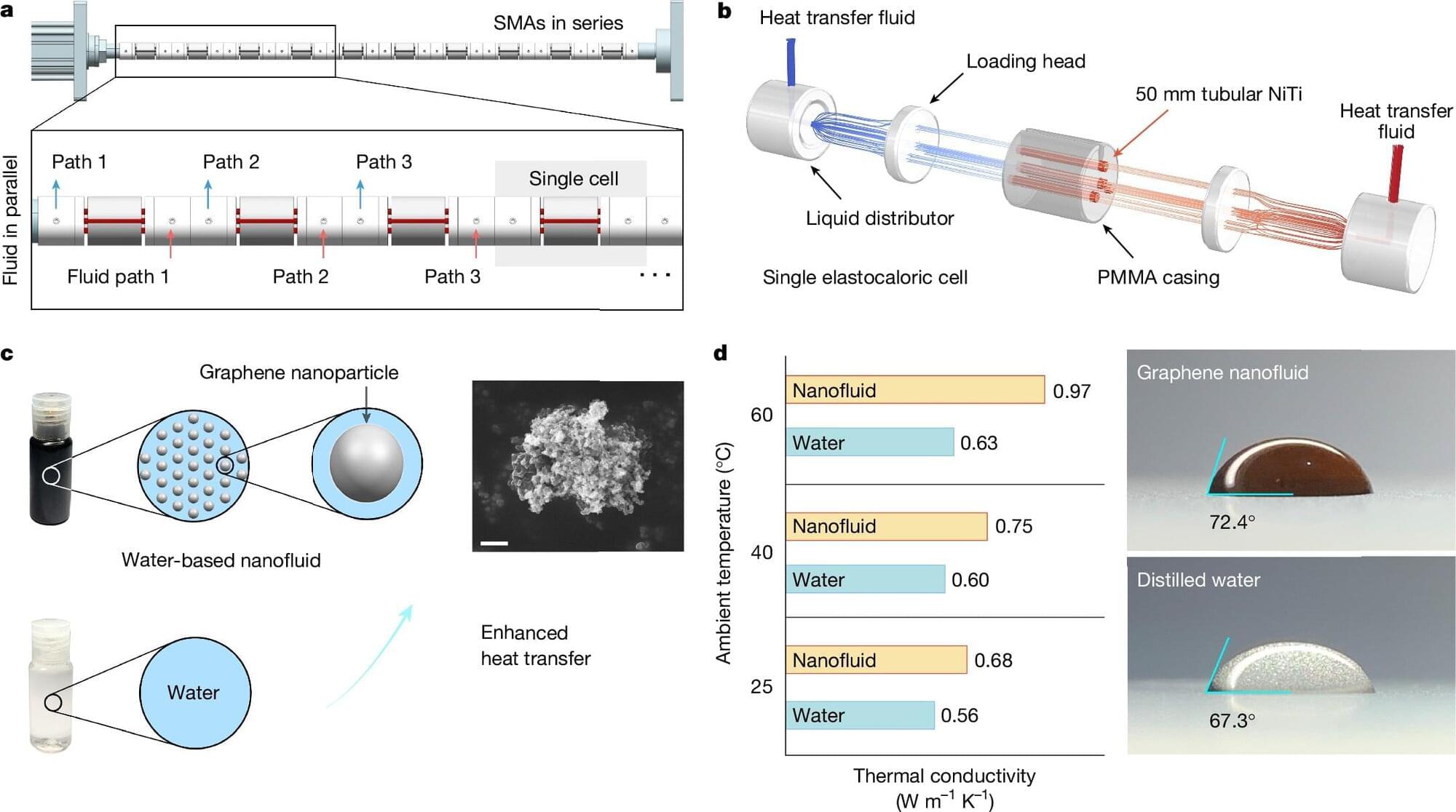Researchers at the Hong Kong University of Science and Technology (HKUST) have developed the world’s first kilowatt-scale elastocaloric cooling device. The device can stabilize indoor temperatures at a comfortable 21°C–22°C in just 15 minutes, even when outdoor temperatures reach between 30°C and 31°C, marking a significant breakthrough toward the commercial application of elastocaloric solid-state cooling technology.
The research findings have been published in the journal Nature, offering a promising solution to combat climate change and accelerate the low-carbon transformation of the global cooling industry.
As global warming intensifies, the demand for air conditioning and cooling has been growing, with cooling already accounting for 20% of global electricity consumption. Mainstream vapor compression cooling technology relies on refrigerants with high global warming potential (GWP).






